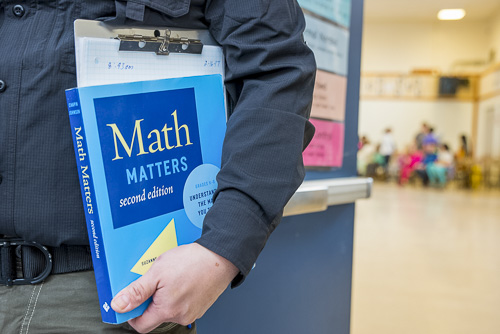How to Become a Teacher
We believe passion is the touchstone of all teaching and as teachers we bring our hearts and minds into the classroom.
There are many ways to become a K-12 teacher or administrator (e.g. superintendent, principal, vice principal, dean of students, etc.). At its most basic, becoming an elementary, high school, or special education teacher in California requires:
- Bachelor’s degree from an accredited college or university
- Subject Matter Competency Requirement: Teacher candidates in California are required to demonstrate competence in the subject matter they will be authorized to teach.
- Certificate of Clearance: Prior to being allowed into any classroom to complete observations, fieldwork, or student teaching, you must obtain a Certificate of Clearance* through the California Commission on Teacher Credentialing (CTC).
- A teaching credential (also called a preliminary or Level 1 credential) for public, private, or charter schools in California.
-- multiple subject preliminary credential to teach elementary school
-- single subject preliminary credential to teach middle or high school
-- special education preliminary credential to teach students with special needs
Required Tests
You may be required to pass other tests to be eligible for a credential program. Check requirements, tests, and deadlines for your chosen credential program before applying to a Cal Poly Humboldt credential program.
Eligibility & Application Information
- Undergraduate Elementary Education
- Educational Leadership
- Elementary Education
- Secondary Education
- Special Education
Preliminary Credential vs. Clear Credential
After meeting basic credential requirements, you’ll be issued a preliminary credential, which is good for five years. During that time, California teachers will be required to obtain a clear credential, which is issued when all credential requirements have been completed, before the preliminary credential expires.











